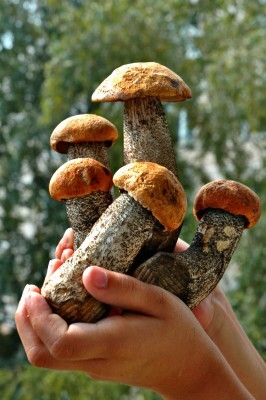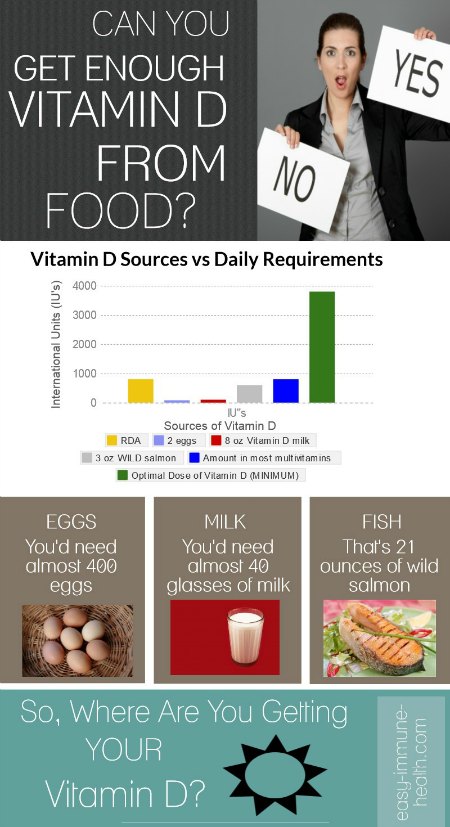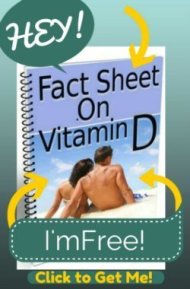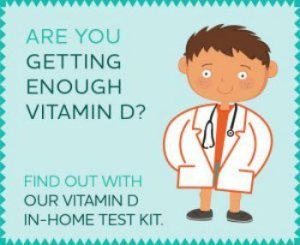Vitamin D Foods
Can You Get Enough?
Unfortunately Vitamin D foods and foods high in vitamin d are rare, and there are only a few good Vitamin D sources to come by at all. Really the only significant Vitamin D sources worth discussing are the sun, Vitamin D3 supplements, and fish. There are no fruits or Vitamin D Vegetables that contain an amount of Vitamin D that would be considered significant. However there are a few other foods with Vitamin D -one of which that you may be surprised at. I know that I was! However, it's a vitamin d vegetable that is still a poor source of Vitamin D.
Vitamin D Foods
Vitamin D food sources definitely exist, although if you have read the Vitamin D requirements page, you will quickly realize that it would be very difficult to get all of your Vitamin D requirements through foods, and foods that are 'high in vitamin d' are not that high at all. These few sources are really the only significant sources of foods with Vitamin D, and there are NO vitamin d vegetables.
Cod Liver Oil
Cod Liver Oil has a long history of being a highly nutritious food and considered one of the foods high in Vitamin D by those who are not well-informed. From the 1800's and into the mid 1900's, mothers would regularly have their kids line up to get a spoonful of cod liver oil every day.
Although it was only a "folk remedy" and the mothers couldn't say exactly why it was good for their kids, we know today that it was a pretty good idea. On the Vitamin D facts page, we discussed the potent effects that Vitamin D has on the immune system and how it prevents colds and flu.
Cod liver oil also is a decent source of Omega Three Fatty Acids and the preformed source of Vitamin A called retinol; nutrients that most people in the west are severely deficient in. However, with between 20 - 500 IU's of Vitamin D per teaspoon (depending upon the manufacturer), that's not a significant amount of Vitamin D. And to get a significant dose of Vitamin D from Cod Liver Oil, you would have to consume so much Vitamin A that you would quickly become toxic.
Therefore, Cod Liver Oil should NOT really be treated as a Vitamin D food, or even a source of Omega 3 Fatty Acids, but as a Vitamin A supplement.
Eggs and Milk
These two foods generally are pointed to as 'good sources of Vitamin D' by most charts made by people who are uneducated about the actual Vitamin D Requirements of humans. At 20 IU's per egg yolk, and about 100 IU's per 8 ounce glass of milk, these are ridiculously low amounts that serve only to prevent rickets. In no way should these really be considered Vitamin D Foods or foods high in Vitamin D, and Vitamin D Enriched Foods are not even fit for human consumption!
Fish eggs fall into this category as well. It's said to be a good source of Vitamin D, but there only seems to be between 5 to 25 IU's per gram (2). With a serving size at 14 grams, or about 2 Tablespoons (3), that puts the range you'd get from one serving from 70- 350 IU's. Another source puts it at 33 IU's per ounce, which is 28 grams, or 2 servings (4). While that's pretty high on the high end, most people are not going to eat fish roe from wild caught fatty fish every day, and few will eat more than one serving when they do eat it. This doesn't mean you should not include eggs or roe into your diet, only that they are not foods high in Vitamin D.
Fish
Fish are a good natural source of Vitamin D. But only wild-caught FATTY fish such as salmon, sardines, makerel, and herring are good sources of vitamin D. And a serving will always vary significantly due to the fat content of the fish, but you can estimate that a serving of one of these fish can get you between 200 - 1200 IU's per serving.
Fatty fish also contain the Omega 3 fatty acids that we so desperately need in the west, so these are great dietary choices. However, unless you eat something like a pound or more of fish a day, you're probably not going to meet your Vitamin D requirements. Even the Japanese, who consume fish in higher quantities than much of the world, average less than 300 IU's per day through their fish intake. (1)You also risk higher mercury exposure when you eat large predatorial fish like salmon or tuna, so choosing small fish like herring is better.
Organ Meats
Organ meats are some of the foods highest in vitamin d, however, again, few people eat many organ meats any more, despite them being traditional foods that have been eaten for thousands of years. But with only 42 IU's of Vitamin D per 3 ounce serving, beef liver should STILL not be considered one of the foods high in Vitamin D or a good vitamin d source.
The Surprising Vitamin D Food!

If you have read this far, you know that not many foods are great Vitamin D sources.But there is ONE that actually IS a good Vitamin D food source, and I'm sure that it will surprise you.
Mushrooms!
Yep, mushrooms can be a GREAT Vitamin D source under the right circumstances. Unfortunately, these circumstances are rarely met, and the Vitamin D is in the inferior form of Vitamin D2, not the superior form of Vitamin D3.
Mushrooms, like us, photosynthesize Vitamin D from the sun.
Unfortunately, farmed mushrooms are grown in the dark. Wild mushrooms, however get some sun exposure and have a certain amount of Vitamin D and so is a natural source of Vegan Vitamin D.
The downside to getting your Vitamin D from mushrooms is that they only contain Vitamin D2- and Vitamin D2 is a much inferior form to the Vitamin D3 that is made in our own bodies from the sun. Therefore, Mushrooms are a Poor Source of Vitamin D. If you are a vegan or vegetarian, then take a look at the Vegan Vitamin D page and find out what your best options are.
So as you can see, there are not many good sources of Vitamin D foods or foods high in vitamin d at all! Really the best and cheapest source is mild exposure to sunlight on a regular basis. If this isn't possible, you may want to consider getting your Vitamin D level checked and supplementing accordingly because getting your requirements through Vitamin D foods may not be realistic.
Next --->
Vitamin D Side Effects
Vitamin D Resources
- 5000 IU Vitamin D 3 Supplements- Vitamin D3 is really the ONLY vitamin d that you should be taking. Get Vitamin D 3 in a clinically relevant dose for adults
- Sunshine Mist Vitamin D Spray- This Vitamin D3 is GREAT for kids. Just a spray a day is all it takes.
| Frequently Asked Questions About Vitamin D | |
|---|---|
| How Much Should I Be Taking? | What About Overdose? |
| What Does Vitamin D Do? | What Causes Deficiency? |
| Don't Take That Prescription!? | What Foods Have Vitamin D? |
Still Have a Question
About Vitamin D?
Ask It Here!
See Already Answered Questions about Vitamin D
Click below to see Questions About Vitamin D from other visitors to this page...
What Foods to Eat for a Low Vitamin D Level
I am a Pure Vegetarian and Just my last Blood Report( May 3rd 2013 ) My VITAMIN -D LEVEL IS 6.2 mGL. pLEASE ADVISE ME WHAT BEST FOOD CAN I HAVE . i ALSO …
Vitamin D Calcium and Magnesium
I suffer from SAD even on a cloudy summer day and am investigating taking a Vit D supplement. I am planning to start with 2000 ig. However, I have always …
Best Foods to replace Vitamin D
My doctor told me that I should be able to meet my Vitamin D needs if I eat a balanced diet.
In addition to vitamin supplements, what foods should …
Research for this page
1. Fish as a Major Source of Vitamin D in the Japanese Diet
2. Handbook of Food Science, Technology and Engineering
3. Nutrition Facts. Fish Roe, Mixed Raw
4. Nutrition Facts Comparison Tool
5. National Institutes for Health. Vitamin D Fact Sheet for Professionals




